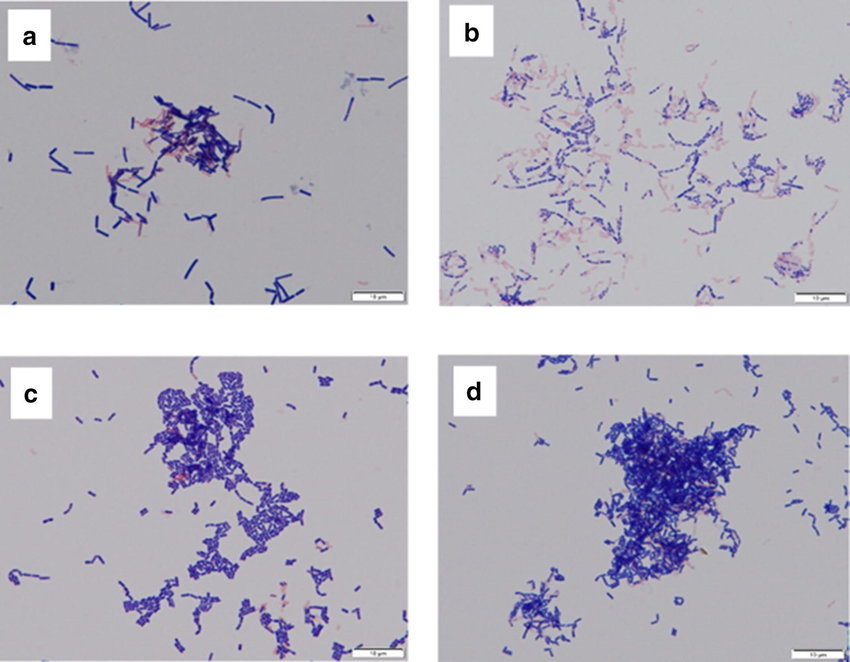Introduction
What is Cloning and what is the role of Agar? Have you ever seen identical twins? They develop through a natural process but advancement in scientific technology can do the same artificially. Let’s take a closer look.
Cloning
- Cloning is an approach used by scientists to create identical inborn copies of living things.
- By the help of Cloning, genes, tissues, cells and even a whole animal can be cloned.
- Some single celled organisms like Amoeba make exact copies of themselves through reproduction.
- Identical twins in humans are similar to clones. They share the exact same genes and are created when a fertilized egg splits in two.
- The clones of genes, tissue, cells or a whole animal are prepared in laboratories.
There are two methods through which exact genetic copies of an organism are made in labs: Somatic Cell Nuclear Transfer and Artificial Embryo Twinning.
- Somatic Cell Nuclear Transfer: Somatic Cell Nuclear Transfer(SCNT), is also known as Nuclear Transfer. It creates an exact genetic copy or clone of an individual–Dolly the Sheep was the clone created by this method. The adult female sheep donated the somatic cell through which an exact genetic replica was developed named Dolly.
- Artificial Embryo Twinning Cloning: This method copies the natural process through which identical twins are made. It is said to be a low-tech way to create clones. AET uses the same approach as the natural process to create a genetic copy of an individual but the difference is, it is created using a petri dish instead of inside a mother.
What is Agar and what role does it play in the cloning process?
Agar is a gelatin-like substance which is obtained from common seaweed.
It is often used in many ways, but it is most commonly and importantly used as a medium through which cultures of bacteria or fungus could be willingly grown. It can be usually found in the science laboratories as it helps in various scientific researches. Bacteria and fungus use this agar as food and help the scientists perform culture tests. It is a polymer that is composed of subunits of galactose sugar. This Agar is first dissolved in boiling water and then cooled giving it that gelatinous look. By carrying out this process, converting it into the gelatinous form makes it possible for scientists to use it for further experimentation.
Different Types of Cloning Agar
- Blood Agar – Blood Agar is an enriched medium that is provided with several nutrients that presents as a basal medium for the growth of certain bacteria. One of the major uses of blood agar is to monitor the haemolysis caused by the developing bacteria which can then be used to identify the organism.
- Chocolate Agar – This is basically the same as blood agar except that during the preparation of this agar, the Red Blood Cells(RBCs) are lysed upon the addition to the molten agar base. The most common habitual bacterial pathogens that need this medium for growth includes: Haemophilus and Neisseria Gonorrhoeae.
- Tryptic Soy Agar – Tryptic Soy Agar is a general-purpose media that is non-selective and used for the isolation and cultivation of microorganisms as a generic growth medium. It is mostly suggested for use in the cultivation, maintenance, transportation and storage of pure cultures of microorganisms. Mostly used for colony morphology.
- Xylose Lysine Deoxycholate (XLD) Agar – It is used to support the growth of enteric organisms such as Salmonella and Shigella species. It is both a differential and selective medium used for the isolation of Gram-Negative Bacilli obtained from stool(fecal) samples and other clinical substances.
- MacConkey Agar – This is used for the differentiation and isolation of only gram-negative bacterias especially members of the family Enterobacteriaceae and the genus Pseudomonas. This agar was the earliest solid differential media to be classified used for the cultivation of coliform organisms.
Agar is a unique substance and the different ways in which people use it makes it even more unique. Apart from being a medium culture for bacteria, it is also used in many food products like sauce or soup to thicken its consistency. Many types of beverages are being prepared using it–jellies, ice-creams–and even in fabrics and cosmetics too.
-by Joy Oahimijie (Content writer Intern)
06-11-2023






